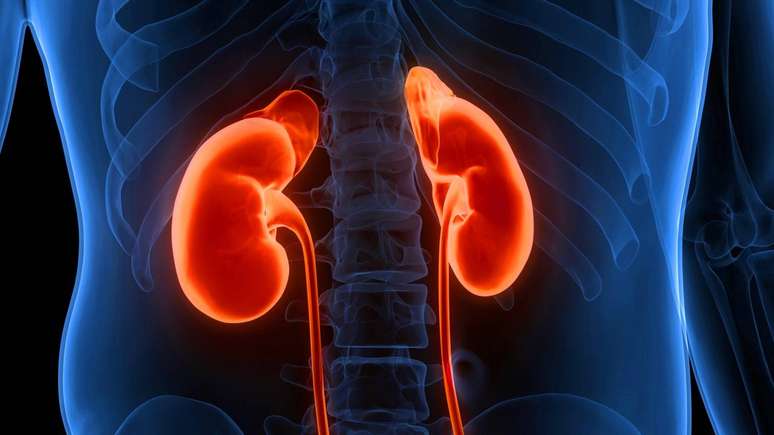Israel’s Security Cabinet has approved a ceasefire agreement with Hamas, marking significant progress towards the release of hostages and prisoners. The deal, which comes into force on Sunday at 12.15pm local time, includes the initial release of 33 hostages and hundreds of Palestinian prisoners. This development comes after tensions and impasses that threatened the progress of the pact, but which were finally overcome with the unanimity of Israeli ministers.
Under tense and delicate conditions, the agreement aims not only to exchange hostages, but also to bring humanitarian aid to the Gaza Strip. Full government approval is still awaited at an expanded ministerial meeting, which will determine the next steps along a process that aims to achieve greater stability in the conflict-ridden Middle East region.
What are the terms of the ceasefire agreement?
The ceasefire agreement includes several key terms governing the release and exchange of hostages and prisoners. In the first phase, 33 hostages will be released, including children under 19, women, patients and men over 50. Under the agreement, each female soldier will be exchanged for 50 Palestinian prisoners, 30 of whom are serving life sentences. This process should take place gradually over 42 days.
Furthermore, to ensure the agreement is maintained, Israel will continue to closely monitor the situation in Gaza, where military activities continue. Subsequent negotiations are expected to begin on the 16th day after the initial implementation, with no guarantee that the process will extend beyond the first phase. Next steps could include the release of 65 more hostages, depending on how discussions progress.
Who are the hostages to be released?
The list of hostages to be released in the first phase of the deal includes a diverse group of 33 people held by Hamas since the October 2023 attack. They include women and children Liri Albag, Naama Levy and the Bibas brothers, captured during raids on places such as Kibbutz Nir Oz and during the attack on the music festival that sparked the conflict. Sick and elderly men are also listed.
- Young women: Naama Levy19 years old, Karina Ariev20 years and Romi Lesham Gonen, 24 years old.
- Adults: Emily Damari, 28 years oldArbel Yahud, 29 years old, among others.
- Children: Kfir Bibasjust 10 months old, and his brother Ariel Bibas 4 years.
- Older men: Keith Siegel65 years old, and Gadi Moses80 years old, among others.
The following soldiers will therefore have to be released: Agam Berger, Daniela Galbo AND Nama Levi.
The list of hostages also includes the sick and injured, such as Yarden Bibas, Shagai Dekel Chen, Yair Horn, Omer Venkert, Aleksandr Tropnov, Eliya Cohen, Ou Levy, Tal Shoham AND Omer Shem Tov. The agreement also provides for the release of Avra Mengistu AND Hisham Shaaban al-Saiddetained in Gaza for ten years.
The agreement between Israel and Hamas provides that, in total, in exchange for the first five civilian hostages and the two children, 210 Palestinian minors and women prisoners must be released.
The group of soldiers will be exchanged for 150 Palestinian life sentences and 100 prisoners. In exchange for the arrival of the sick and wounded, 110 life prisoners will have to be released.
Below is the list of 33 hostages who are expected to be released in the first phase of the ceasefire agreement with the terrorist group Hamas.
The list is not in order of release and does not indicate the conditions of the hostages. Israel believes most of the 33 are alive.
1. Liri Albag
2.… pic.twitter.com/XsUPFUA6Cc
—Desiree Rugani (@desireerugani) January 17, 2025
Source: Terra
Rose James is a Gossipify movie and series reviewer known for her in-depth analysis and unique perspective on the latest releases. With a background in film studies, she provides engaging and informative reviews, and keeps readers up to date with industry trends and emerging talents.








